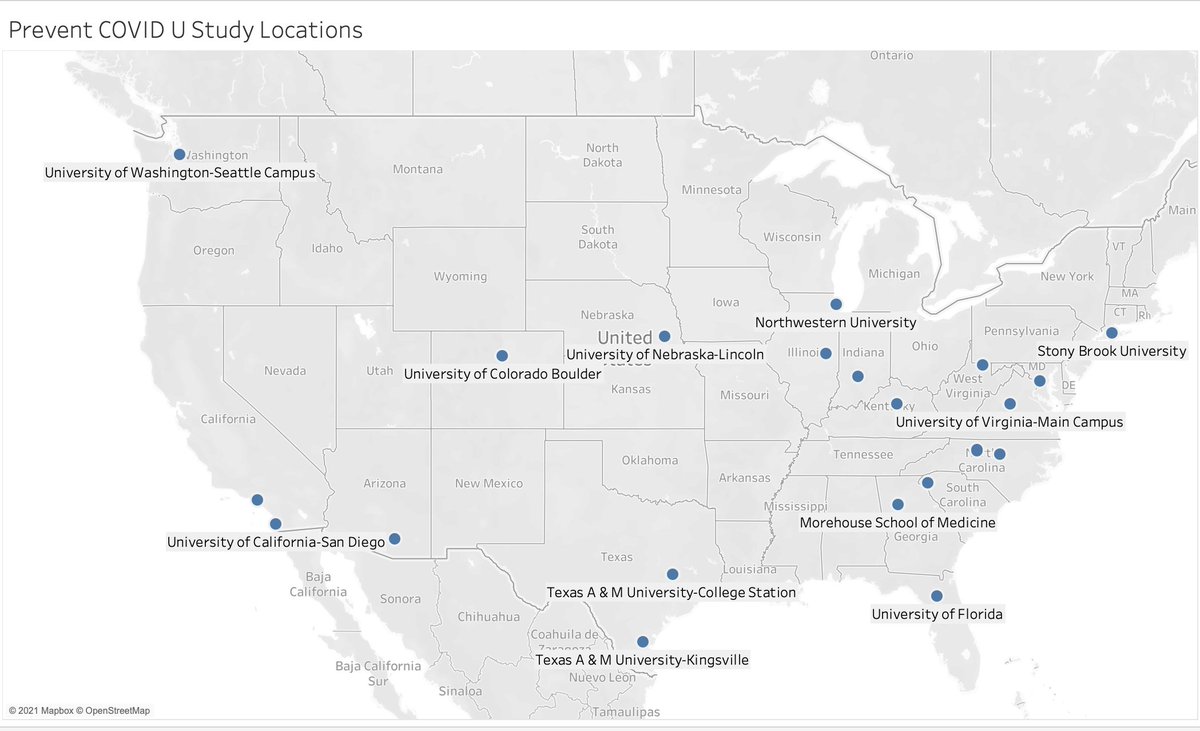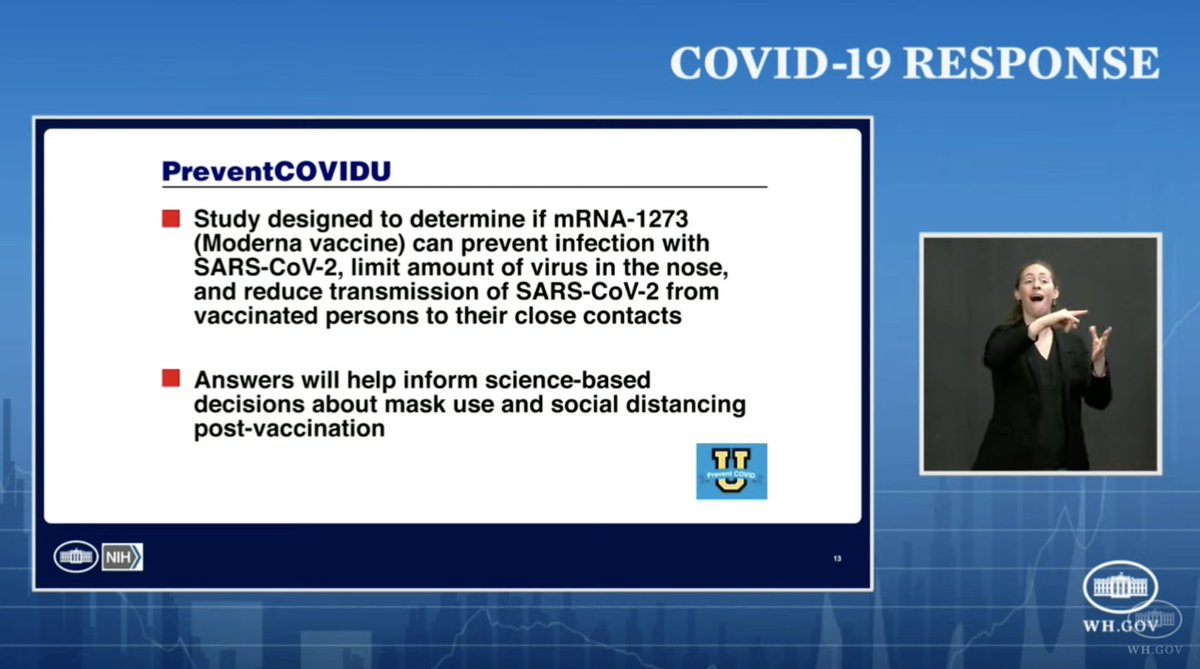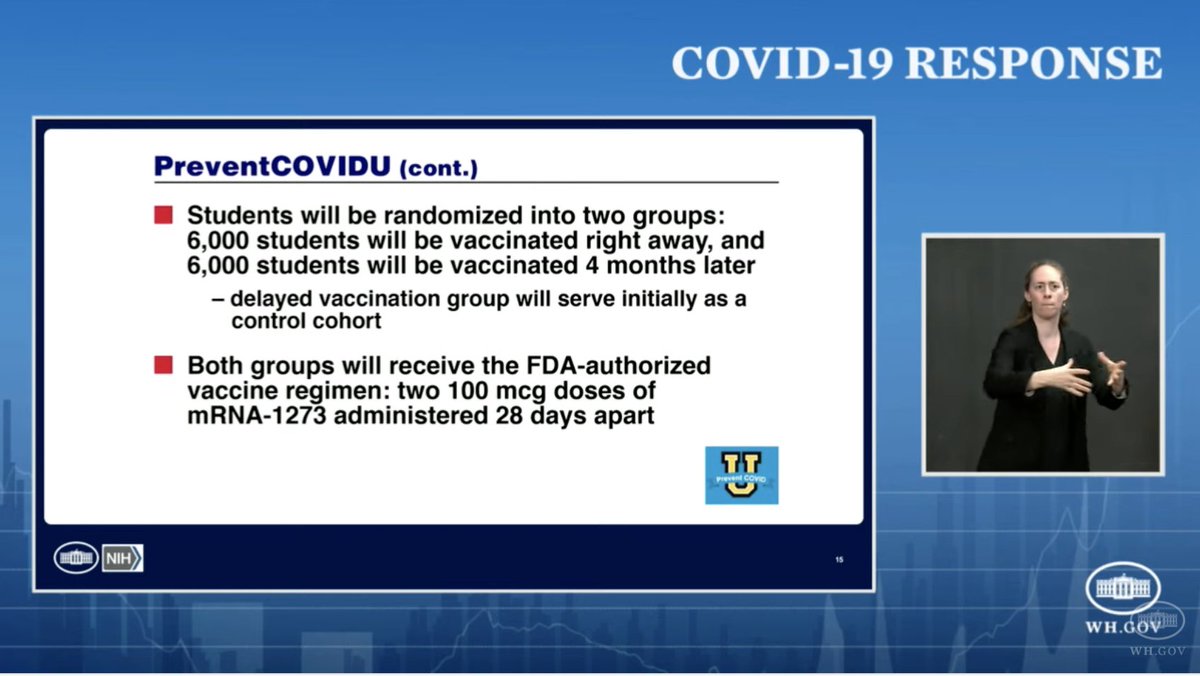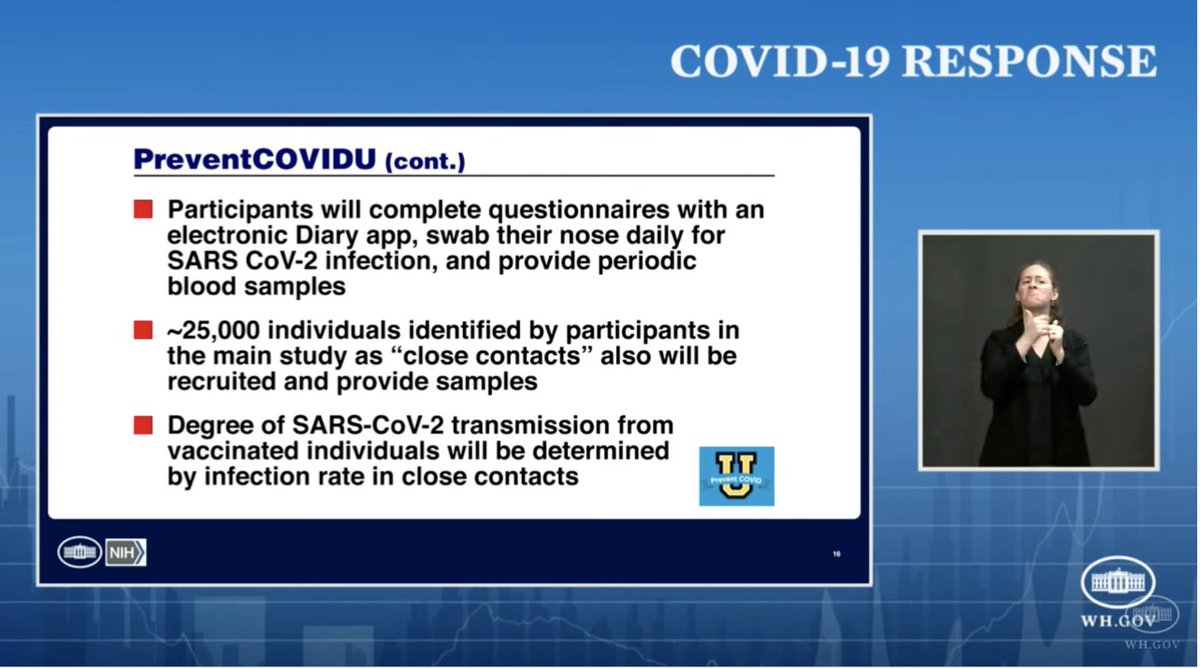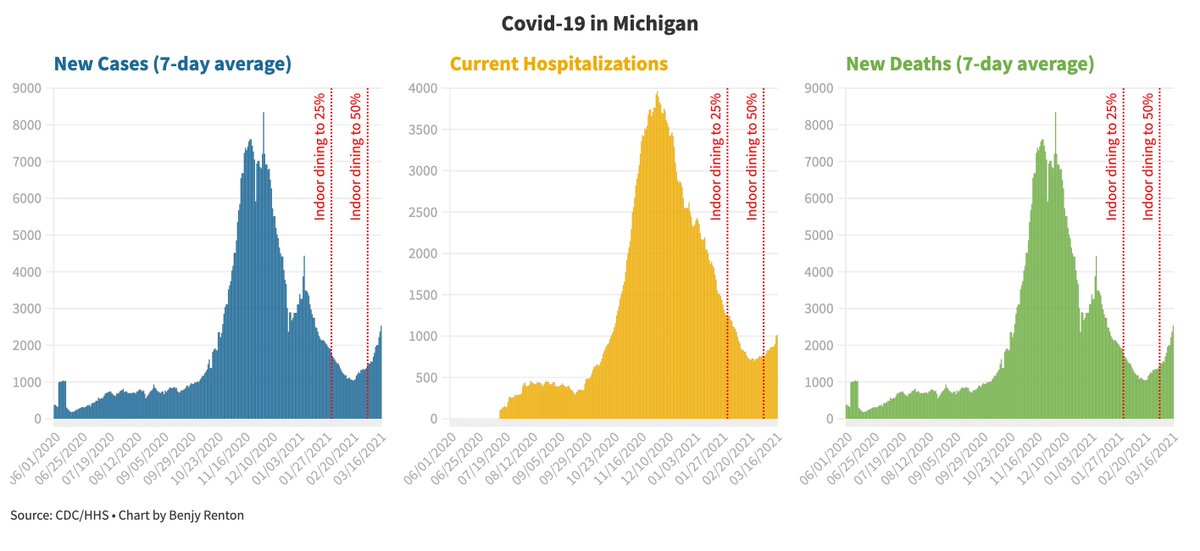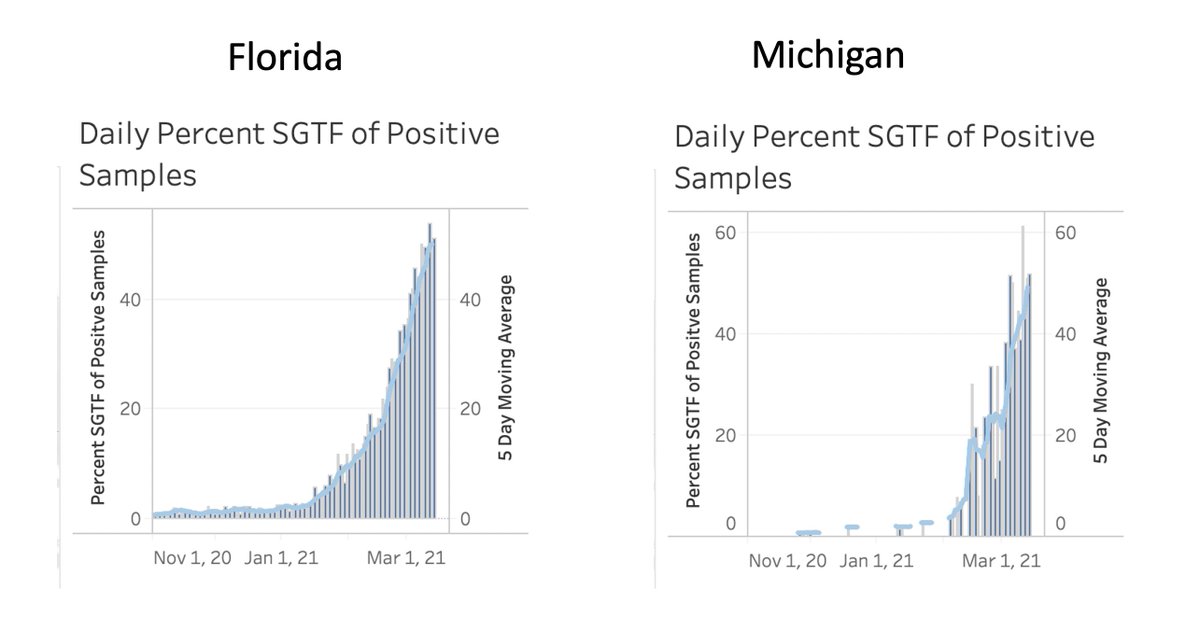
2,256,824 doses have been reported administered in the last 24 hours. 33% of adults have received at least 1 dose.
Doses Delivered: 169,223,125 (+4.9M)
Doses Administered: 130,473,853
7-day average: 2.49 million shots per day
Supply used: 77.1%
public.tableau.com/views/COVID-19…
Doses Delivered: 169,223,125 (+4.9M)
Doses Administered: 130,473,853
7-day average: 2.49 million shots per day
Supply used: 77.1%
public.tableau.com/views/COVID-19…
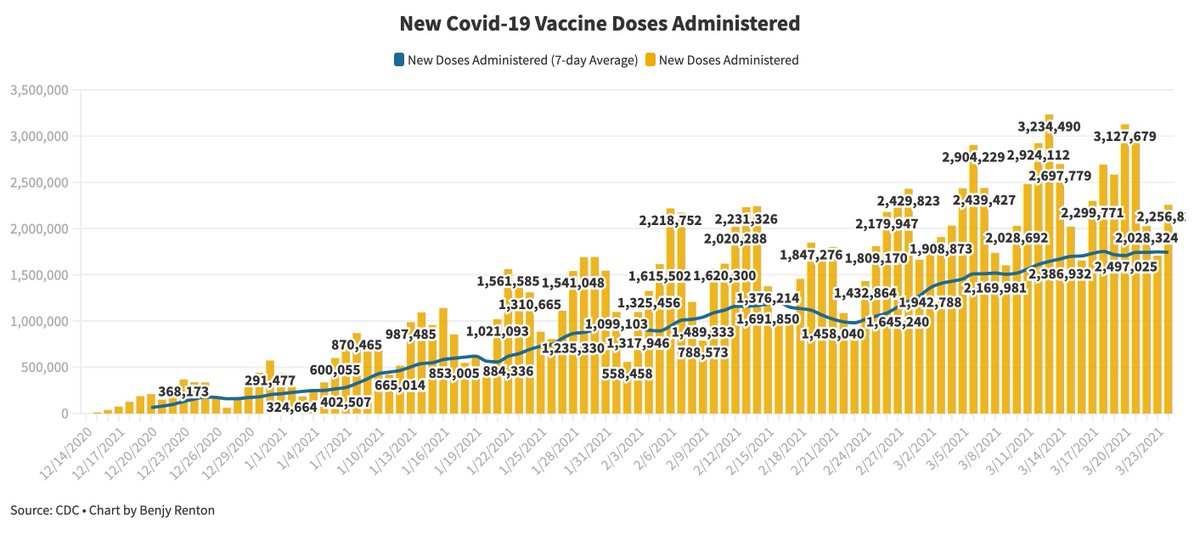
Next week is the largest week for allocations yet, with over 20 million doses scheduled to be allocated to states.
https://twitter.com/bhrenton/status/1374517673871122442
In 63 days, we have exceeded President Biden's goal of 100 million shots in 100 days. When he announces his new goal tomorrow, we will update the tracker. 

• • •
Missing some Tweet in this thread? You can try to
force a refresh


